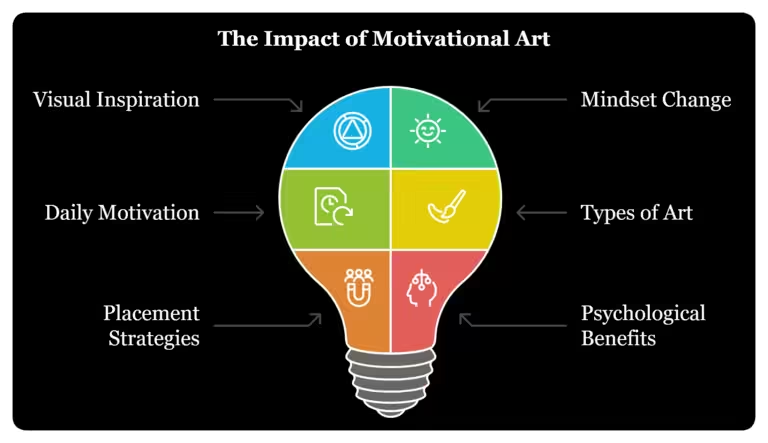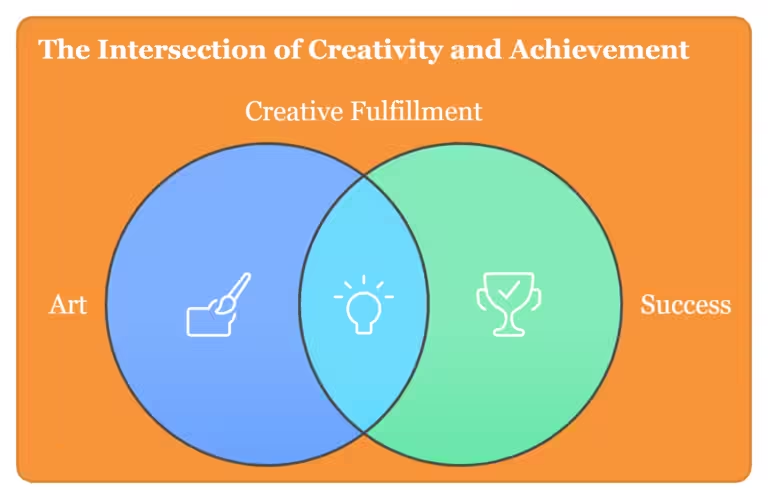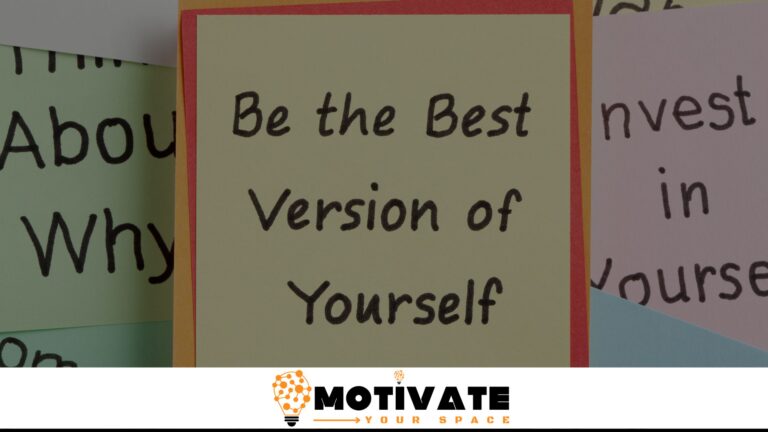How to Use Art to Visualize And Achieve Your Goals: A Creative Guide
To visualize and achieve your goals, create art that represents your aspirations. Use visual elements to make your goals tangible.
Art serves as a powerful tool to manifest your dreams and ambitions. By translating your goals into visual forms, you engage your mind creatively and emotionally. This process helps to clarify your objectives and keeps you motivated. Visual representations such as vision boards, sketches, or digital designs can act as constant reminders of what you aim to achieve.
They reinforce your commitment and make your goals feel more attainable. Using art to visualize your goals combines creativity with intention, making your aspirations a visible and integral part of your daily life.

Introduction To Art And Goal Setting
Combining art with goal setting can transform your dreams into reality. Using art, you can visualize your ambitions and create a roadmap to success. This method engages both your creative and logical sides, making goals more tangible and achievable.
The Power Of Visualization
Visualization helps you see your goals clearly. Art plays a key role in this process. By creating visual representations, you strengthen your commitment to your goals.
- Draw your dream job
- Paint your ideal home
- Create a vision board
These activities make your goals feel real and within reach. Engaging with your goals visually keeps you motivated and focused.

Connecting Creativity With Ambition
Art fosters creativity, which is essential for goal setting. When you connect creativity with ambition, you unlock new ways to achieve your dreams.
| Creative Activity | Goal Setting Benefit |
|---|---|
| Sketching | Clarifies your vision |
| Collage Making | Combines various elements of your goals |
| Coloring | Reduces stress and enhances focus |
Incorporate these activities into your goal-setting routine. Your creativity will fuel your ambition, leading to greater success.
Choosing Your Artistic Medium
Art helps us visualize and achieve our goals. But first, choose the right medium. This is crucial for expressing your ideas. Let’s explore various art forms and find what resonates with you.
Exploring Different Art Forms
Different art forms offer unique ways to visualize goals. Here are some popular options:
- Drawing: Use pencils, pens, or markers. Create quick sketches or detailed illustrations.
- Painting: Use watercolors, acrylics, or oils. Paint vibrant scenes or abstract concepts.
- Collage: Combine photos, paper, and other materials. Create a mix of textures and ideas.
- Sculpture: Use clay, metal, or wood. Create 3D models of your goals.
- Digital Art: Use software like Photoshop or Illustrator. Create digital drawings, paintings, or designs.
Selecting What Resonates With You
Choosing the right medium is key. Consider the following factors:
- Interest: What type of art excites you?
- Skill Level: Are you a beginner or experienced?
- Resources: Do you have the necessary materials?
- Time: How much time can you dedicate to your art?
Try different mediums. See what feels right. Your chosen medium should inspire you. It should make goal visualization enjoyable and effective.
| Art Form | Materials Needed |
|---|---|
| Drawing | Pencils, pens, markers, paper |
| Painting | Watercolors, acrylics, oils, canvas |
| Collage | Photos, paper, glue, scissors |
| Sculpture | Clay, metal, wood, tools |
| Digital Art | Computer, software (e.g., Photoshop) |
Setting Clear Goals
Setting clear goals is crucial for success. Art can help you visualize and achieve your goals. Begin by defining your objectives and creating SMART goals.
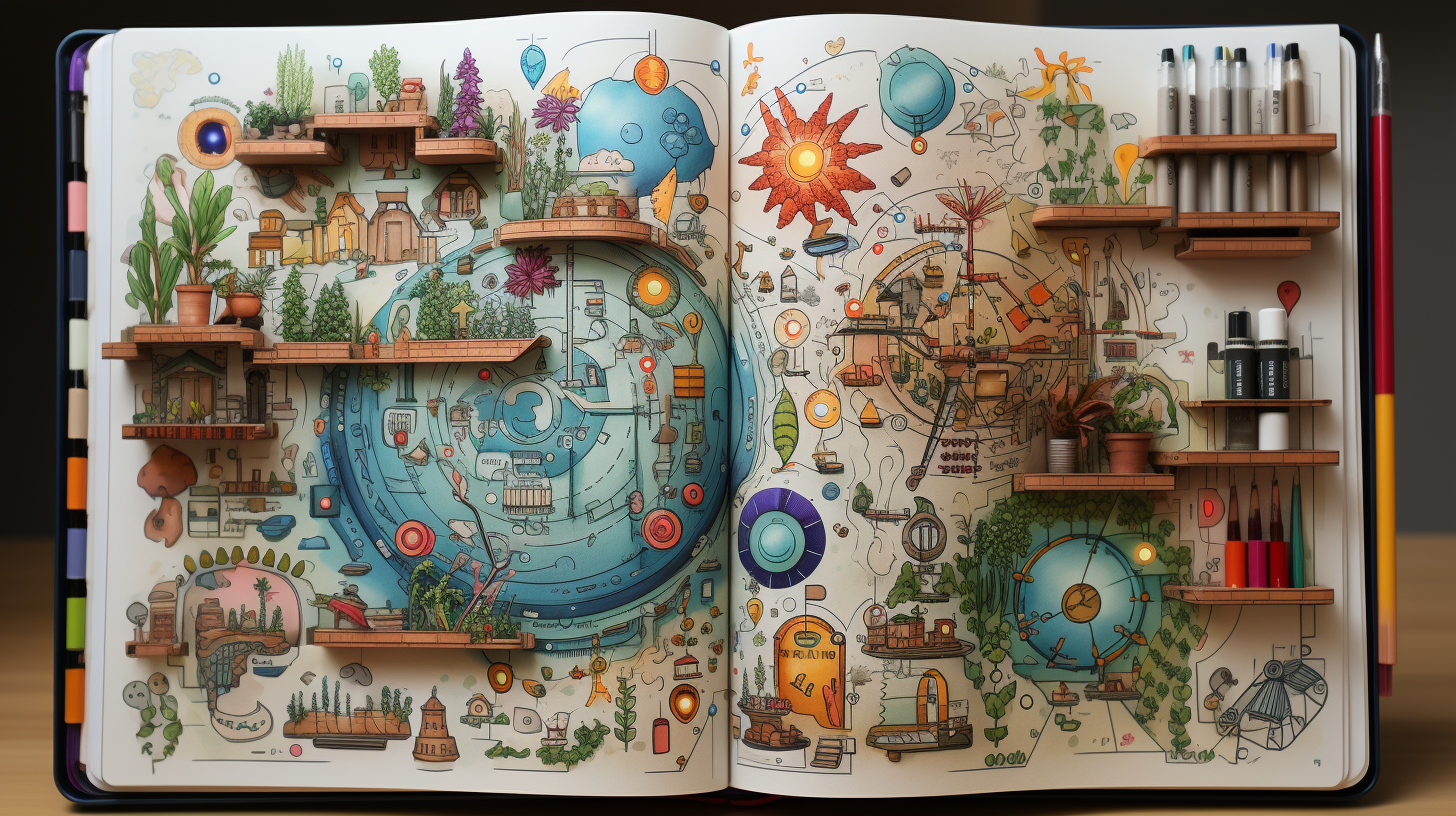
Defining Your Objectives
First, define your objectives. Ask yourself what you truly want to achieve. Be specific and focus on what matters most to you.
- What is your main goal?
- Why is this goal important?
- How will achieving it change your life?
Write down your answers. This will help you understand your true desires.
Creating Smart Goals
SMART goals make your objectives clear and attainable. SMART stands for:
| Specific | Your goal should be clear and specific. |
|---|---|
| Measurable | Track your progress with measurable criteria. |
| Achievable | Your goal should be realistic and attainable. |
| Relevant | Ensure your goal aligns with your values and long-term plans. |
| Time-bound | Set a deadline to achieve your goal. |
Here’s an example of a SMART goal:
- Specific: I want to improve my painting skills.
- Measurable: I will complete one painting per week.
- Achievable: I have the necessary materials and time.
- Relevant: Improving my skills will help me become a better artist.
- Time-bound: I will achieve this goal in three months.
By setting clear, SMART goals, you can effectively use art to visualize and achieve your objectives. Remember to stay focused and committed to your goals.
To Art And Goal Setting
Creating a vision board is a powerful way to visualize your goals. By combining images, words, and symbols, you can create a tangible representation of your dreams. This tool serves as a daily reminder of what you are aiming to achieve.
Gathering Inspiration
Start by gathering inspiration for your vision board. This can include:
- Magazines
- Photographs
- Quotes
- Drawings
Look for images and words that resonate with your goals. Cut them out and set them aside. This helps create a pool of inspiration for your vision board.
Designing Your Board
Next, focus on designing your board. Follow these steps:
- Choose a Base: Use a corkboard, poster board, or canvas.
- Arrange Your Items: Lay out your images and quotes.
- Glue or Pin: Attach everything securely to the board.
- Add Labels: Write labels for clarity and motivation.
Place your vision board where you can see it daily. This keeps your goals in focus and helps you stay motivated.
| Materials | Purpose |
|---|---|
| Magazines | Source of images and quotes |
| Photographs | Personal touch |
| Quotes | Inspiration and motivation |
| Drawings | Unique and personal |
Remember, your vision board is a reflection of your dreams. Make it meaningful and personal. Happy creating!
Incorporating Art Into Daily Routines
Incorporating art into daily routines can transform your goal-setting process. It infuses creativity and clarity into your everyday life. This section explores how to include art in your morning and daily activities to visualize and achieve your goals.

Morning Visualizations
Start your day with morning visualizations. Use art to create a vision board. Draw or paint your goals. This helps you focus on what you want to achieve.
Here’s how to get started:
- Keep a sketchbook by your bed.
- Spend 10 minutes drawing your goals each morning.
- Use bright colors to make your goals stand out.
Morning visualizations can set a positive tone for your day. You begin the day with a clear vision of your objectives.
Daily Sketching
Daily sketching is a powerful habit. It keeps you focused and creative.
Follow these steps to make it a routine:
- Set aside 15 minutes each day for sketching.
- Sketch anything related to your goals.
- Don’t worry about perfection, focus on expression.
Daily sketching helps you stay connected to your goals. It encourages constant reflection and creativity.
| Activity | Time Required | Benefits |
|---|---|---|
| Morning Visualizations | 10 minutes | Sets a positive tone for the day |
| Daily Sketching | 15 minutes | Encourages creativity and focus |
Incorporating art into your daily routine brings your goals to life. It makes them tangible and achievable. Start today and see the difference art can make in your goal-setting journey.
Using Art For Motivation
Art can be a powerful tool for motivation. It helps you visualize your goals in a creative way. This makes achieving them more exciting and achievable. By using art, you can turn abstract ideas into concrete images. This keeps you focused and inspired. Below, we explore how to use art for motivation.
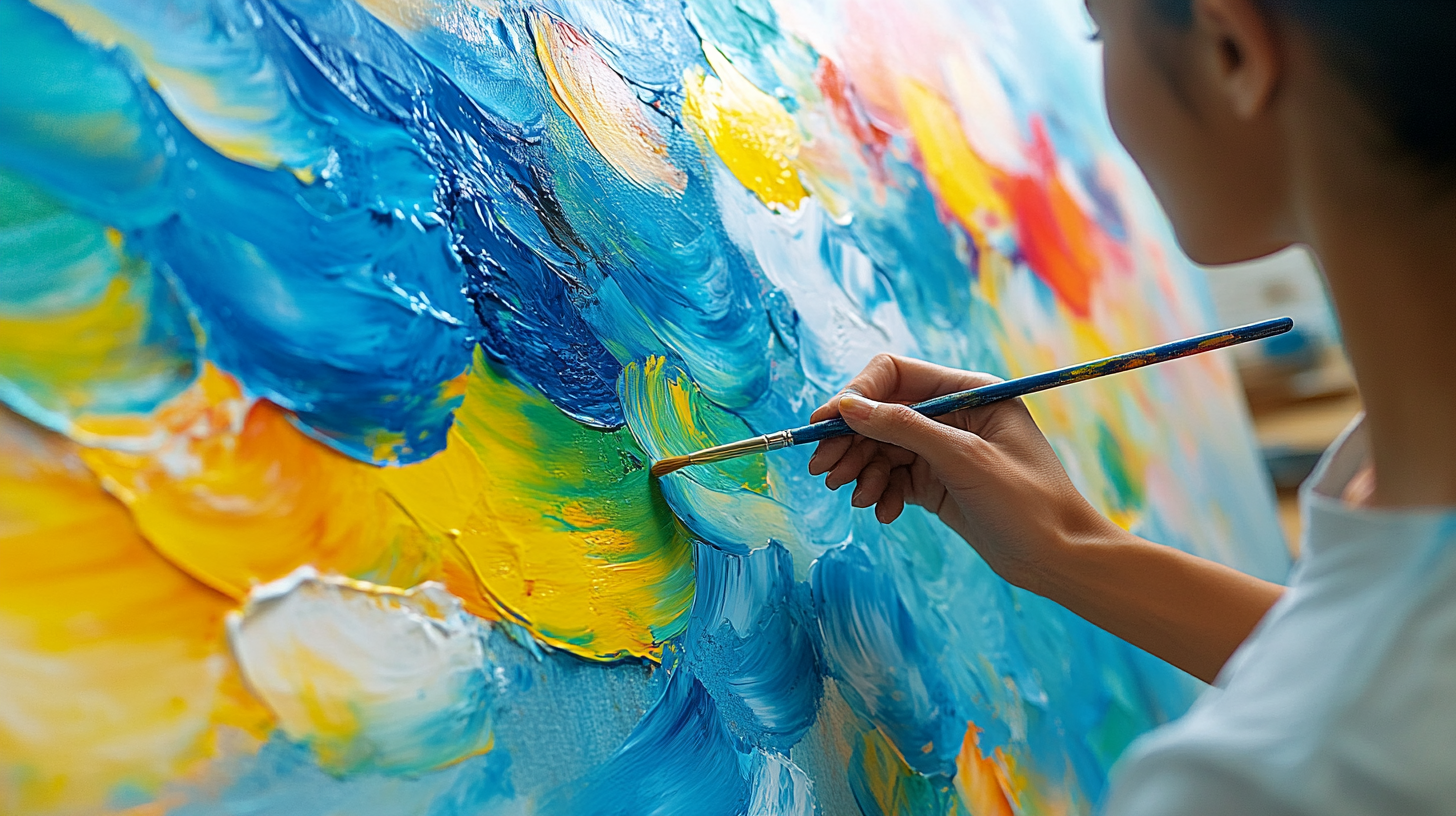
Art As A Motivational Tool
Art is a unique way to stay motivated. You can create vision boards, draw, or paint your goals. This makes them feel more real. Visual representations of your dreams can encourage you to take action. It reminds you of what you are working towards.
Many people find that creating art helps them relax. This makes the goal-setting process enjoyable. You can use colors, shapes, and images that resonate with you. This personal touch makes your goals feel special and achievable.
Tracking Progress Through Art
Tracking your progress through art is both fun and effective. You can create a chart or graph to visually represent your achievements. Seeing your progress can motivate you to keep going.
Here are some ways to track progress through art:
- Progress Charts: Draw a chart to track milestones.
- Goal Journals: Keep an art journal to document your journey.
- Vision Boards: Update your vision board with new goals and achievements.
Creating a visual record of your progress can be very rewarding. It allows you to celebrate small wins along the way. This keeps you motivated and focused on your larger goals.
Here is a simple table to help you track your goals:
| Goal | Start Date | Progress |
|---|---|---|
| Learn to Paint | 01/01/2023 | 50% |
| Read 12 Books | 01/02/2023 | 25% |
Keeping track of your goals with art can make the process enjoyable. It turns goal-setting into a creative adventure.
Overcoming Creative Blocks
Everyone faces creative blocks at some point. These blocks can halt progress and dampen enthusiasm. Overcoming these obstacles is essential for using art to visualize and achieve your goals. Here, we’ll explore ways to identify and tackle these creative blocks effectively.
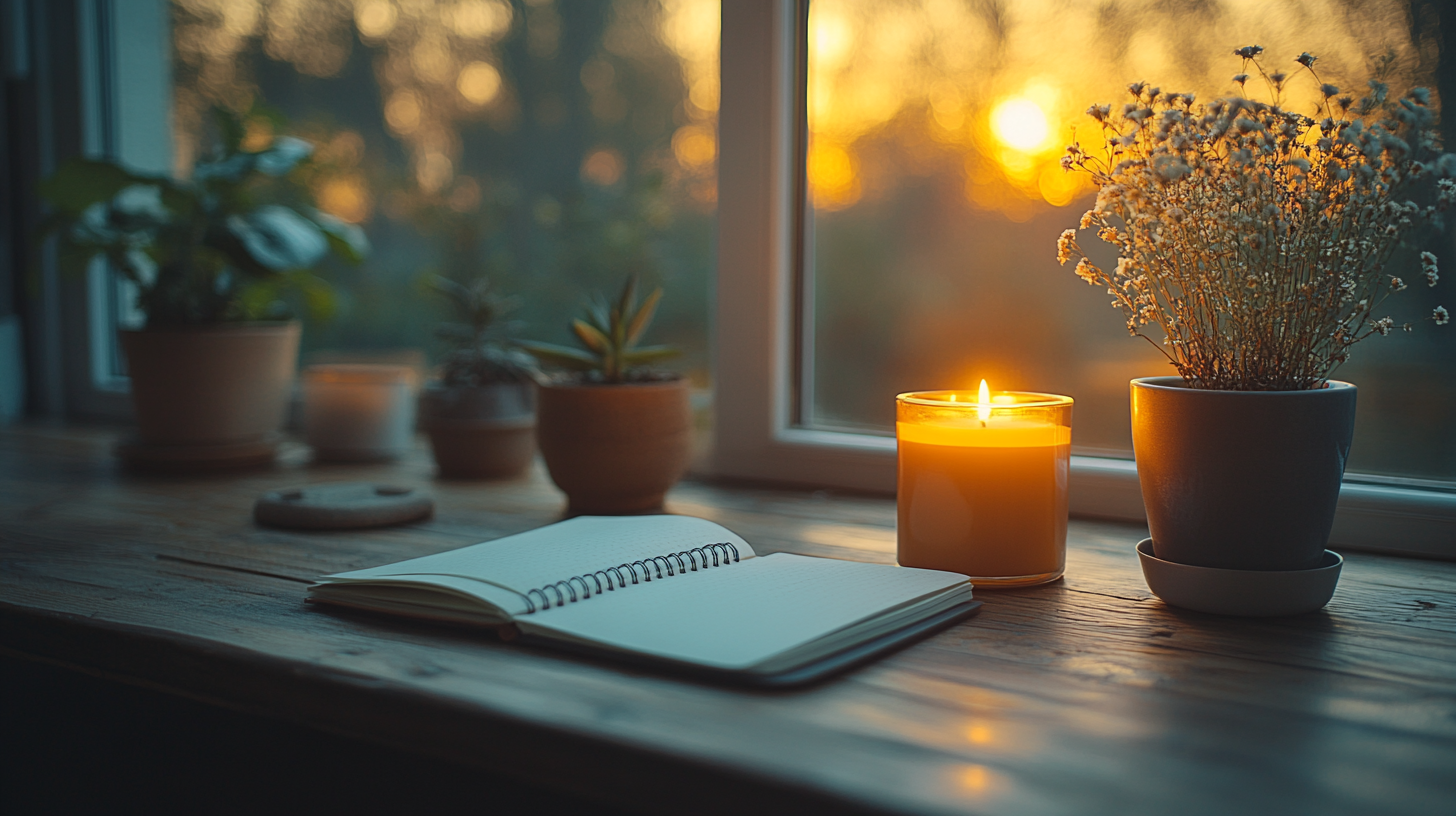
Identifying Obstacles
Recognizing the source of your creative block is the first step. There are various obstacles artists commonly face. Here are a few to consider:
- Fear of Failure: Worrying that your work won’t be good enough.
- Perfectionism: Striving for perfection can paralyze your creativity.
- Lack of Inspiration: Feeling uninspired can make starting any project difficult.
- Overwhelm: Feeling overwhelmed by too many ideas or tasks.
- External Pressure: Expectations from others can stifle your creativity.
Understanding these obstacles helps you address them directly.
Techniques To Reignite Creativity
Once you identify the obstacles, use these techniques to reignite your creativity:
- Take Breaks: Short breaks can refresh your mind.
- Change Environment: A new setting can spark fresh ideas.
- Experiment with New Mediums: Try different art forms to inspire new thoughts.
- Set Small Goals: Break down projects into smaller, manageable tasks.
- Mindfulness Meditation: Clear your mind to make room for creativity.
- Collaborate with Others: Working with others can provide new perspectives.
Utilizing these techniques can help overcome creative blocks and pave the way for achieving your goals through art.
Case Studies And Success Stories
Art can be a powerful tool for achieving goals. Many people have used art to visualize and reach their dreams. This section will explore real-life examples and success stories.
Real-life Examples
John is a graphic designer. He always wanted to start his own business. John created a vision board filled with inspiring images. He included pictures of successful businesses and happy customers. John looked at this board every day. It kept him motivated. Within a year, John started his own design studio. His business is now thriving.
Emily is a writer. She dreamed of publishing a book. Emily painted a cover for her future book. She hung it above her desk. This artwork inspired her daily writing sessions. She completed her manuscript in six months. Today, Emily’s book is a bestseller.
Lessons Learned
| Lesson | Details |
|---|---|
| Visualization | Art helps in creating a clear picture of goals. |
| Motivation | Seeing your goals in art form keeps you inspired. |
| Focus | Art reminds you of your goals daily. |
- Use art to visualize your dreams.
- Keep your artwork in a place you see often.
- Let art inspire and motivate you.
Frequently Asked Questions
How To Use Visualization To Achieve Your Goals?
Visualize your goals clearly. Create detailed mental images of success. Practice daily visualization sessions. Stay positive and focused. Track progress regularly.
How Do You Visualize What You Want And Get It?
Visualize your goals clearly. Create a vision board. Focus on positive affirmations daily. Take actionable steps. Consistently review and adjust your plan.
How Powerful Is Visualization In The Accomplishment Of Goals?
Visualization is a powerful tool for achieving goals. It enhances focus, motivation, and self-belief, leading to better results.
How Do You Visualize Yourself Succeeding?
I visualize success by setting clear goals, creating actionable plans, and imagining positive outcomes. I stay focused and motivated.
Conclusion
Using art to visualize and achieve your goals can be transformative. It helps clarify your vision and maintain focus. By integrating creativity into goal-setting, you unlock new paths to success. Embrace this powerful tool to turn your dreams into reality.
Start today and watch your aspirations come to life.

